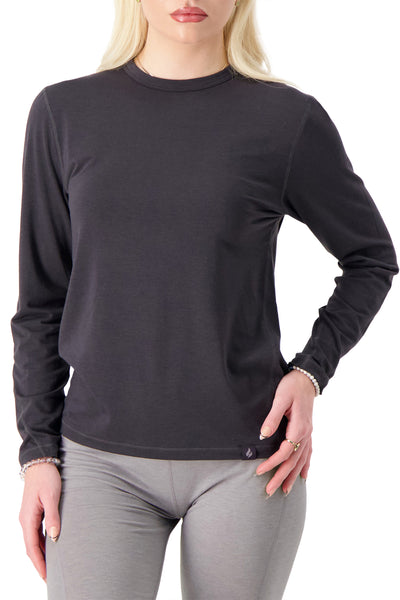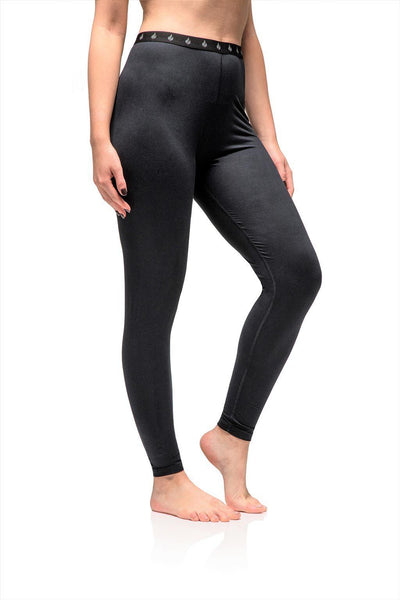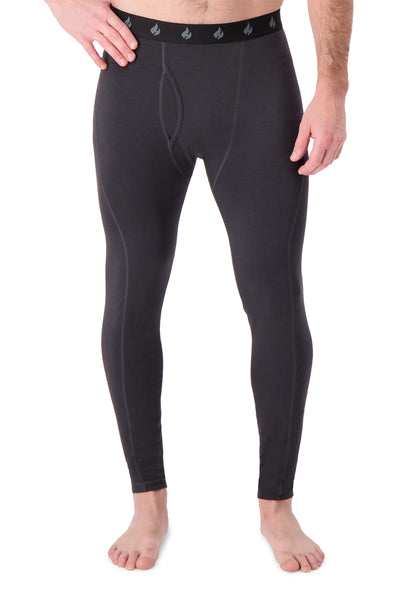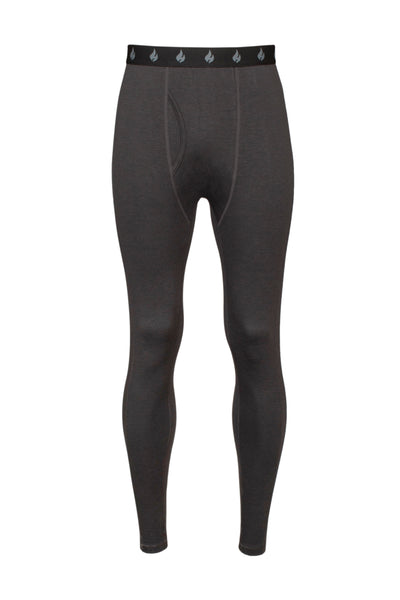Winter jogging can be both invigorating and challenging. Choosing the right attire ensures you remain comfortable, safe, and motivated to maintain your fitness routine during the colder months. Below, we’ll explore various aspects of winter jogging attire, including its importance, essential items, safety considerations, and tips for adapting to changing conditions.
Understanding the Importance of Proper Winter Jogging Attire
When temperatures drop, how you dress for jogging becomes crucial. The right winter clothing can mean the difference between an enjoyable run and a miserable experience. Proper attire helps regulate body temperature, wick moisture, and protect from wind and cold.
The Role of Temperature in Choosing Jogging Outfits
The first factor to consider is the temperature outside. The general rule of thumb is to dress as if the temperature is 10-20 degrees Fahrenheit higher than it is. This is because your body will generate heat as you run, and if you overdress, you may overheat.
Understanding the temperature range will guide your layering choices. For example, if the temperature fluctuates from 30°F to 40°F, you might opt for a base layer, a long-sleeved shirt, and a windbreaker. However, be prepared to adapt your layers based on how your body feels during the run. It's also wise to consider the duration of your run; longer runs may require more strategic layering to ensure you stay comfortable throughout.
How Weather Conditions Affect Your Jogging Gear
In addition to temperature, other weather conditions, such as wind, fog, and precipitation, should influence your clothing choices. For windy days, wind-resistant jackets can shield you from the chill, while breathable fabrics will keep you comfortable.
If you're running in the rain or snow, waterproof or water-resistant clothing is essential. Look for jackets and pants that offer a degree of water resistance while still allowing for breathability. Always check the weather forecast, as this can help you decide what to put on before heading out the door. Furthermore, consider the importance of visibility during winter months, especially when daylight hours are short. Opt for bright colors or reflective materials to ensure you are seen by others, particularly if you are jogging near traffic or in low-light conditions.
Footwear is another critical component of your winter jogging outfit. Cold, wet feet can quickly ruin a run, so investing in insulated, waterproof running shoes can make a significant difference. Additionally, consider wearing moisture-wicking socks to help keep your feet dry and warm. Some runners also choose to use traction devices or special winter running shoes with enhanced grip to navigate icy or snowy paths safely. By paying attention to these details, you can enhance your winter jogging experience and maintain your motivation to stay active, regardless of the weather.

Essential Clothing Items for Winter Jogging
Several key clothing items are indispensable for winter jogging. Each piece contributes to your overall comfort and safety while running in colder temperatures.
The Right Footwear for Cold Weather Runs
Footwear is vital in winter jogging. It's essential to have running shoes specifically designed for cold conditions. Look for shoes with:
-
Good traction to prevent slipping on icy surfaces.
-
Water-resistant or waterproof materials.
-
Insulated properties for added warmth.
Keep in mind that your shoes should provide ample cushioning but also stabilize your footing on slick terrains. Additionally, wearing moisture-wicking socks can help keep your feet dry and warm. Consider investing in shoe covers or gaiters for extra protection against snow and slush, which can seep into your shoes and lead to discomfort. Furthermore, reflective elements on your footwear can enhance visibility during those dark winter mornings or evenings, ensuring you stay safe while enjoying your run.
Layering Techniques for Optimal Warmth
Layering is key when dressing for winter jogging. This technique allows you to adjust your clothing as your body temperature changes throughout your run. A typical layering system includes:
-
Base Layer: This layer should fit snugly to wick moisture away from your skin. Materials like Merino wool or synthetic fibers are excellent choices.
-
Middle Layer: Insulating materials such as fleece or down work well here, as they trap heat without adding bulk.
-
Outer Layer: A windproof and waterproof shell protects against the elements while allowing for breathability.
By employing multi-layering, you can easily add or remove layers based on your comfort level, which is especially beneficial for longer runs. Additionally, consider investing in thermal leggings or tights that provide extra warmth for your legs, as they can be particularly susceptible to the cold. Accessories like neck gaiters or balaclavas can also be invaluable, protecting your face and neck from biting winds while allowing you to maintain optimal airflow.
Importance of Moisture-Wicking Materials
Moisture-wicking materials are essential for all layers of your outfit. These fabrics help manage sweat, keeping you dry and comfortable throughout your run. Natural fibers like Merino wool are great for insulation while providing moisture-wicking properties.
Additionally, many synthetic fabrics designed for sports and activewear excel in this area, allowing for optimal airflow. For those particularly cold days, consider adding a moisture-wicking beanie or headband to keep your head warm while ensuring sweat is drawn away from your skin. Remember, the goal is to maintain a comfortable body temperature without overheating, so pay attention to how each layer interacts with your body as you jog through winter's chill.
Safety Considerations for Winter Jogging
Safety is paramount when it comes to winter jogging. The elements can introduce unique challenges that require additional considerations for your attire and equipment.
Visibility Gear for Dark Winter Mornings and Evenings
Short daylight hours signify the need for visibility gear. Invest in clothing that features reflective elements or panels. Consider wearing:
-
Reflective vests or jackets.
-
Lighted accessories such as headlamps or flashing armbands.
-
Bright or fluorescent colors to enhance your visibility.
Always prioritize being seen, especially on roads or in urban environments where visibility may be limited. Additionally, consider running in well-lit areas and utilizing routes that are familiar to you. This not only enhances your safety but also helps you stay aware of your surroundings. If possible, try to run with a partner or in a group, as there’s safety in numbers. This social aspect can also make your winter runs more enjoyable and motivating.
Protecting Your Skin from Cold and Wind
Winter's harsh conditions can take a toll on your skin. It's important to protect exposed skin from cold air and wind. Here are some recommendations:
-
Apply a thick moisturizer to any exposed skin before jogging.
-
Consider wearing a face mask or neck gaiter to shield your face from biting winds.
-
Wear gloves and a hat to keep extremities warm, as these areas are particularly susceptible to the cold.
Taking these precautions will help you avoid skin irritations and enjoy your runs more comfortably. Furthermore, be mindful of the type of fabric you choose for your clothing. Opt for moisture-wicking materials that help keep sweat away from your skin, which can lead to chilling when temperatures drop. Layering is also key; start with a base layer that fits snugly to trap warmth, followed by insulating layers, and finish with a windproof outer layer. This strategy not only keeps you warm but also allows for easy adjustments as your body temperature rises during your run.
Tips for Adapting to Changing Winter Conditions
Winter weather can be unpredictable. Being prepared for fluctuating conditions is essential for maintaining a consistent jogging routine.
Adjusting Your Outfit for Varying Winter Temperatures
The ability to adjust your outfit based on temperature changes helps ensure your comfort. Always carry an extra layer if you anticipate temperature drops during your run.
For example, if the forecast indicates warming temperatures during the day, start with a heavier base layer that you can later exchange for something lighter. Being flexible with your outfit can significantly enhance your jogging experience. Additionally, consider investing in moisture-wicking fabrics that help keep sweat away from your body, as this can prevent you from getting chilled as temperatures drop. Accessories like gloves, headbands, and thermal socks can also make a considerable difference in your comfort level, allowing you to focus on your run rather than the cold.

Preparing for Unexpected Weather Shifts
Weather can change unexpectedly, especially in winter months. Here are ways to prepare:
-
Check the weather forecast before heading out.
-
Always have a contingency plan, like a gym or indoor track, if conditions become unsafe.
-
Keep an eye on changing weather patterns during your run and be willing to cut your run short if conditions worsen.
By being prepared for these changes, you can minimize risks and continue to enjoy your time outside. It’s also wise to familiarize yourself with local weather patterns and historical data for your area, as this knowledge can help you anticipate potential shifts. For instance, knowing that your region often experiences sudden snow squalls can prompt you to carry additional gear or choose a more sheltered route. Furthermore, consider running with a buddy or joining a local running group; not only does this provide motivation, but it also adds an extra layer of safety in case of sudden weather changes.
Maintaining Comfort While Jogging in Winter
Maintaining comfort is critical to enjoying your winter jogging sessions. Understanding how to balance warmth and breathability will keep you motivated.
Avoiding Overheating During Winter Runs
Overheating can ruin a winter jog, detracting from your experience. Pay close attention to your body temperature and adjust your layers accordingly. If you start to feel too warm:
-
Remove your outer layer if possible.
-
Open zippers on your jacket for ventilation.
-
Choose a lighter mid-layer to help regulate body heat.
Staying cool will keep you comfortable and prevent fatigue from overly warm clothing.
Ensuring Your Gear Doesn't Hinder Your Performance
Lastly, consider the fit and functionality of your gear. Ill-fitting clothing can restrict movement or cause chafing, which can be uncomfortable during a run. Opt for:
-
Clothing that allows for a full range of motion.
-
Seamless designs that reduce friction on the skin.
-
Accessories that fit snugly but comfortably, such as gloves and hats.
When your gear does not hinder your performance, you can focus on enjoying your run.
Heat Holders® - Warmth for Jogging in Winter
Heat Holders® offers ULTRA LITE™ base layers, great for cold temperatures when being highly active. For extreme cold, check out the Ceramic Infused base layers - a thinner profile but almost as warm as our ORIGINAL™ base layers. Here's the full base layer collection! Happy shopping!















